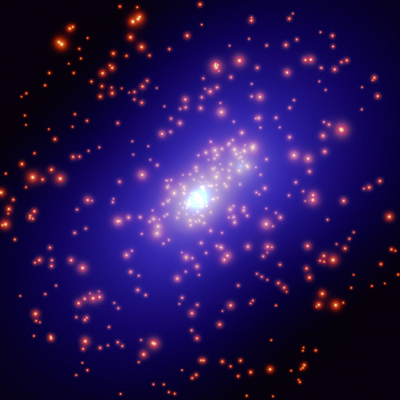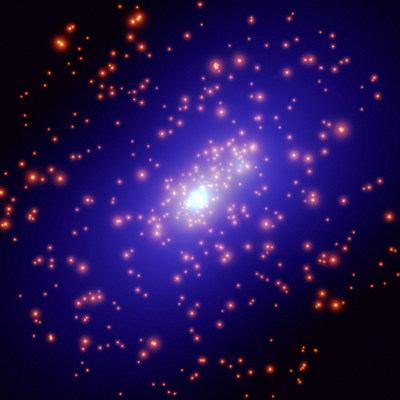Dark matter as a source of antiparticles: Too few positrons or too many antiprotons?
Recent experimental results from the satellite-borne instrument PAMELA about high-energy positrons and antiprotons in cosmic rays have stirred the particle-physics and astrophysics communities. In particular, the unexpectedly large flux of positrons has stimulated interest in the possibility that these particles result from the annihilation of dark matter particles, although other proposals, such as those involving pulsars and -ray bursts, also exist. On the other hand, the antiproton results, reported in a recent paper in Physical Review Letters [1] (see also the Viewpoint on this article [2]), appear to be consistent with the level expected from the interaction of cosmic ray protons with hydrogen and helium nuclei in the interstellar medium. That is, dark matter is not needed to explain the number of antiprotons observed.
Now, Fiorenza Donato of the Università di Torino in Italy and collaborators in France have turned this around, and derived upper limits on the contribution of dark matter annihilation to the PAMELA antiproton results. From this, they obtain limits on how many positrons could be produced by such annihilation, and show that it is very hard to produce enough positrons to be consistent with the PAMELA results without simultaneously producing too many antiprotons. The argument is not completely airtight—for example, a surprisingly large clump of dark matter in our immediate vicinity might be able to escape the restrictions—but the calculation certainly shows that efforts to explain the positron excess via dark matter must also take into account the antiproton results. – Stanley Brown
[1] O. Adriani et al., PAMELA Collaboration, Phys. Rev. Lett. 102, 051101 (2009).
[2] S. Swordy, Physics 2, 10 (2009).





